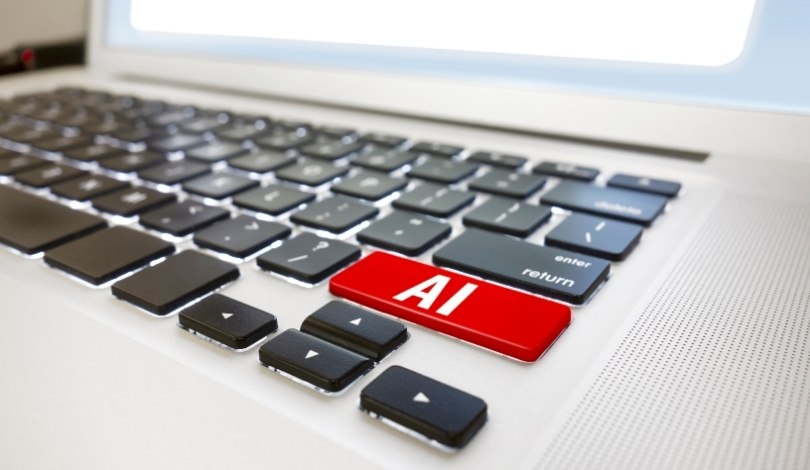Lawyers and legal professionals are witnessing rapid changes in how their daily work is managed, as technology becomes more influential in shaping the industry’s culture. Harvey, an AI-powered platform developed by CEO Winston Weinberg, is at the forefront of this shift. Since its 2022 launch, Harvey has experienced significant growth, boasting $100 million in annual recurring revenue and extending services to clients in 53 countries. The company’s products automate crucial tasks such as contract analysis, legal research, and document review, attracting widespread usage from leading law firms and corporations seeking to streamline labor-intensive work. Notably, partnerships with brands like LexisNexis, PwC, and Microsoft Azure have helped the platform gain credibility among cautious and traditional legal institutions.
Earlier coverage of Harvey highlighted its gradual adoption by conservative legal firms, which were initially slow to trust AI’s capabilities for handling sensitive information. While competitors focused on capturing mid-market clientele, Harvey’s deliberate strategy of targeting high-prestige firms allowed it to accelerate trust-building and adoption. Previous reports emphasized these firms’ hesitation about shifting away from billable hours and adjusting to project-based fee models, but the platform’s value proposition has begun changing long-held assumptions within the sector. Reports from recent quarters confirm a sharp increase in user engagement and interest from law school programs, aligning with Harvey’s emphasis on transforming both legal work and professional training for future lawyers.
How Is Harvey Reshaping the Legal Work Environment?
Harvey’s entry has altered the way legal professionals approach their roles, particularly for junior employees and associates who previously undertook repetitive tasks. The software enables quick handling of document-heavy processes, allowing more time to focus on substantive tasks. As a result, law firms are reconsidering traditional billing structures and responding to heightened client demand for technology-enabled services. Winston Weinberg explained,
“Most forward-thinking firms know A.I. is going to change their business, it’s just a question of how much and when.”
These developments are prompting both firms and individual lawyers to re-examine how they deliver value in a changing marketplace.
What Challenges and Opportunities Do Firms Face With AI Integration?
The increased reliance on AI has raised questions about training and mentoring within the profession, particularly for those at the start of their careers. Harvey addresses this by working with law schools to introduce AI fluency to students and create systems that enhance both efficiency and learning. Weinberg highlighted his concerns, noting,
“I don’t think folks are spending enough time thinking about the future of training young professionals.”
By collaborating with educational institutions and focusing on specialized as well as general-purpose tools, Harvey aims to help both current practitioners and future professionals prepare for the new landscape.
How Are Established Firms Responding to Shifts in Legal Service Delivery?
Top-tier law firms that were once cautious about adopting AI tools now report that junior legal staff value Harvey enough to voice discontent if its use were removed. This feedback indicates a shift in the priorities of legal organizations, with an increased focus on qualitative legal analysis instead of routine labor. Furthermore, more partners and senior professionals are integrating Harvey’s capabilities into their work processes, which suggests growing acceptance among senior leadership and an evolving approach to legal service delivery. The strategic decision to engage with leading, prestige-oriented clients has positioned Harvey as a trusted partner in the industry’s digital transformation efforts.
Law as a profession is undergoing measurable changes, as digital tools such as Harvey continue to gain traction among traditional firms and educational settings alike. Whereas earlier technologies in the legal sector faced resistance and slow uptake, Harvey’s combination of strategic partnerships, workflow-specific tools, and outreach to both partners and associates has created a stronger foundation for widespread AI adoption. For readers tracking shifts across knowledge-based professions, the Harvey model suggests that industries with deep-rooted traditions can adapt rapidly when innovation addresses core pain points, such as efficiency and career development. Professionals looking to navigate this transition may benefit from developing AI competency, exploring different billing models, and supporting programs that balance technological automation with essential training and mentorship.
- Harvey’s AI tools gain traction in global legal markets for contract analysis and research.
- Firms pivot billing models and professional training to match new workflows.
- Traditional law adapts as digital platforms reshape core legal operations and roles.










